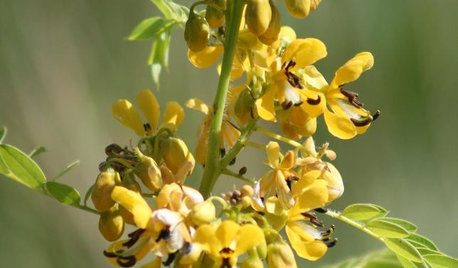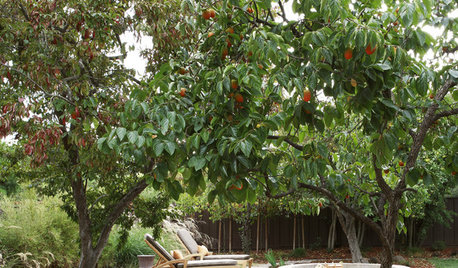My fenugreek seeds have germinated.
nomorenicksleft
15 years ago
Related Stories

GARDENING GUIDESHow to Plant a New Lawn From Seed
Choose from more grass varieties and save money over sod by starting your lawn from seed
Full Story
CONTAINER GARDENS8 Easy Container Plants to Grow From Seed
Get beautiful blooms and herbs in summer by starting these choice garden picks from seed in spring
Full Story
GARDENING GUIDESSeeds or Seedlings? How to Get Your Garden Started
Growing delicious herbs and vegetables starts with knowing your goals and when you want to plant
Full Story
GARDENING GUIDESUnleash Your Guerilla Gardener
Toss some seed bombs around the yard for easy, beneficial plantings
Full Story
ROCKY MOUNTAINS GARDENINGRocky Mountain Gardener's February Checklist
Get smart with your seeds, strike with oil to manage pests and practice proficient pruning — your trees and shrubs will thank you
Full Story0

FALL GARDENINGBe Your Own Wildflower Nursery
Gather seeds from your garden in fall, and you'll have a selection of plants for next year — without spending a dime
Full Story
WINTER GARDENINGExtend Your Growing Season With a Cold Frame in the Garden
If the sun's shining, it might be time to sow seeds under glass to transplant or harvest
Full Story
GARDENING FOR BUTTERFLIESGreat Design Plant: Senna Hebecarpa Puts on a Magical Show
Furry white tongues that develop into seeds? That's just one of this bee-bringing summer perennial's many talents
Full Story
SOUTHWEST GARDENINGTexas Gardener's December Checklist
Northern neighbors may be hibernating, but in the South it's time to lavish care on fruit trees, flower seeds and bulbs
Full Story
GARDENING GUIDESGreat Design Plant: Blue Sage
True blue and adored by hummingbirds, blue sage is easy to grow from seed in a sunny fall garden
Full Story









Daisyduckworth
ksrogers
Related Professionals
Eden Prairie Landscape Architects & Landscape Designers · San Juan Landscape Architects & Landscape Designers · Damascus Landscape Contractors · Haverhill Landscape Contractors · Kearny Landscape Contractors · Metairie Landscape Contractors · Middle River Landscape Contractors · Morrisville Landscape Contractors · Overland Park Landscape Contractors · Pompano Beach Landscape Contractors · River Ridge Landscape Contractors · Soddy Daisy Landscape Contractors · Palos Hills Landscape Contractors · Little Rock Roofing & Gutters · East Norriton Roofing & GuttersnomorenicksleftOriginal Author
Daisyduckworth
nomorenicksleftOriginal Author
coing
drannh_gmail_com
ferry678
pvel
eibren
jseth23
agmss15
EdwinR
seysonn
Bela Sethi
priabi2006